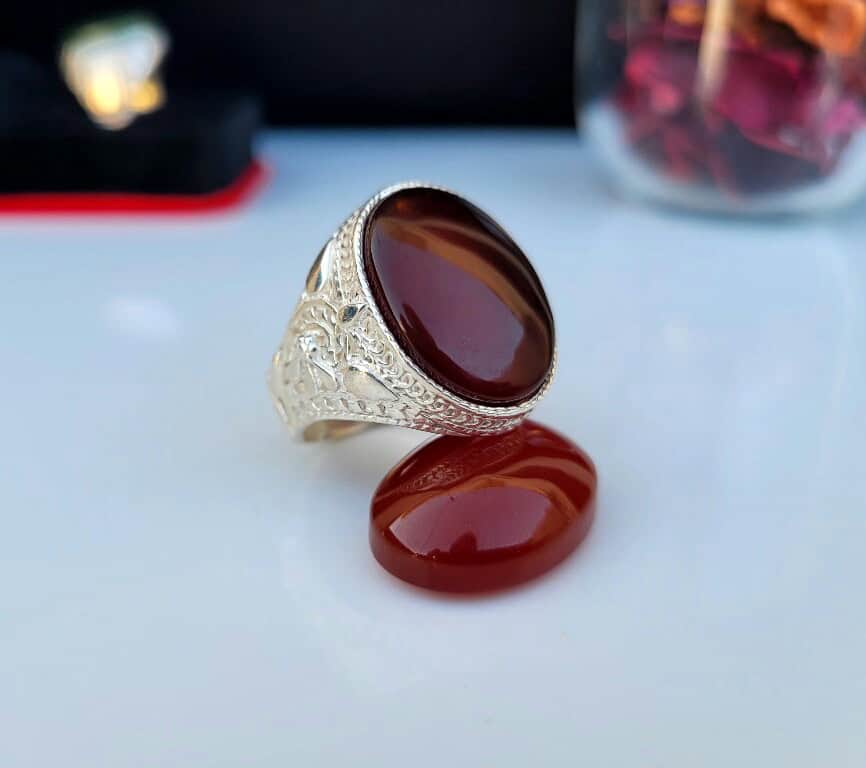What Makes Yemeni Agate Unique?
Introduction
Yemeni agate is a gemstone with a long history, valued not only as an ornament but also as a cultural and spiritual symbol. In this article, we highlight the factors that make Yemeni agate stand out: history, quality, rarity, spiritual value, and craftsmanship.
1. Ancient History
Agate in Yemen is associated with ancient civilizations such as Saba and Himyar. It was traded along historic routes as a precious commodity and used in jewelry and religious rituals. This legacy has shaped its reputation and demand across generations.
2. Quality and Unique Properties
Yemeni agate is characterized by its purity and the variety of its colors — from deep red to brown — with bands and layers that create a unique visual depth. It is durable and maintains a lasting shine after polishing.
3. Rarity and Geographic Source
Deposits of Yemeni agate are concentrated in specific mountainous regions of Yemen, making it less available compared to agates from other countries. This rarity adds exclusivity and increases its market value.
4. Spiritual and Cultural Value
Agate holds a special place in tradition. It is believed to bring tranquility and protection from negative energy. Traditionally, it has been linked to rings worn by scholars and leaders, enhancing its role as a cultural and spiritual symbol.
5. Yemeni Craftsmanship
Yemeni artisans are renowned for their precise handcrafting skills in cutting and polishing agate into artistic pieces: rings, necklaces, prayer beads, and pendants. Each item reflects a heritage of traditional expertise.
Conclusion
Several elements — history, quality, limited source, cultural significance, and artisanal skill — combine to make Yemeni agate a truly unique gemstone with aesthetic, spiritual, and commercial value. Whether you are a collector or simply seeking authenticity, Yemeni agate offers an unmatched experience.



